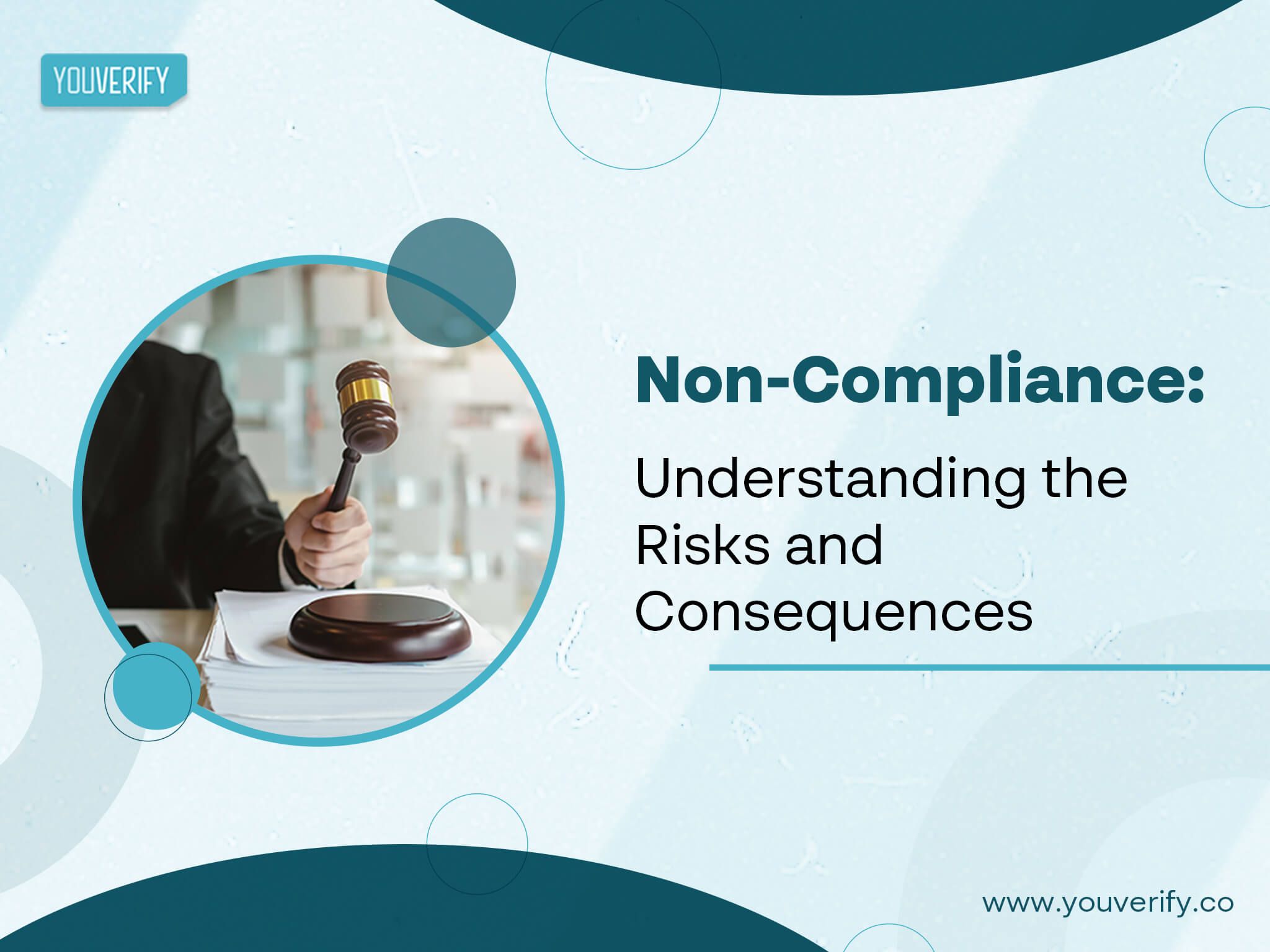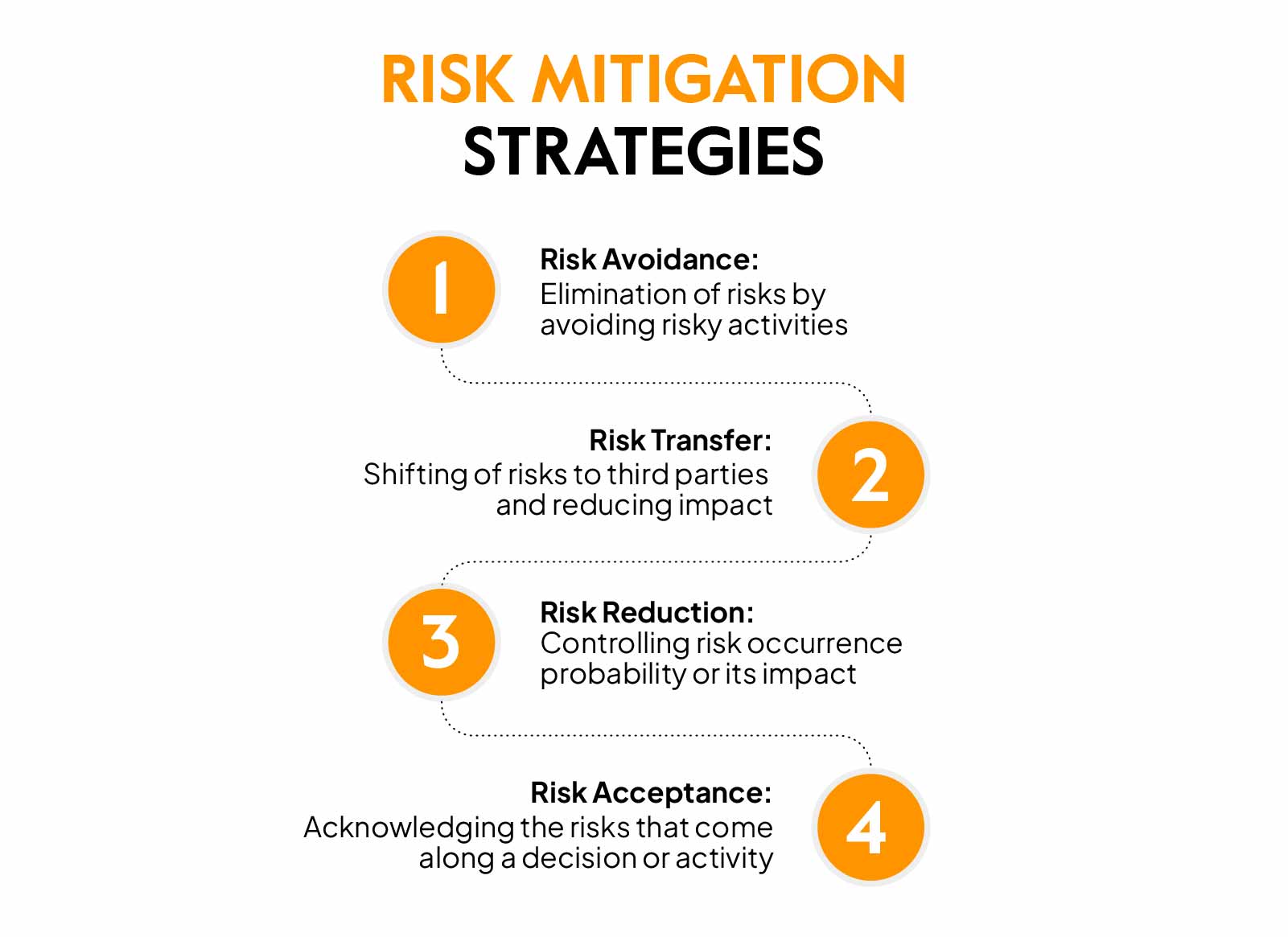World Updates | Update information about politics and social around the world
The Devastating Impact Of Earthquakes: Understanding The Causes, Consequences, And Mitigation Strategies
Through meticulous analysis and extensive research, we have compiled this comprehensive guide to empower you with the knowledge to navigate the complex landscape of earthquakes.
FAQ
Earthquakes are a significant natural hazard with the potential to cause widespread devastation. Understanding the causes, consequences, and mitigation strategies of earthquakes is crucial for reducing their impact on society.

Understanding the catastrophic impact of the earthquakes in Turkey - Source techxplore.com
Question 1: What causes earthquakes?
Earthquakes result from the sudden release of energy below the Earth's surface when tectonic plates shift or faults rupture. These movements create seismic waves that travel through the ground, causing vibrations and shaking.
Question 2: What are the consequences of earthquakes?
The consequences of earthquakes can be severe, including ground shaking, landslides, tsunamis, and building damage. They can lead to injuries, fatalities, and widespread infrastructure and property destruction.
Question 3: How can we mitigate the impact of earthquakes?
Earthquake mitigation involves various strategies to reduce the risk of damage and injury. These include earthquake-resistant building codes, land-use planning, public education, and early warning systems.
Question 4: Are there any signs that an earthquake is imminent?
Predicting earthquakes accurately remains a challenge, but scientists are constantly working to improve monitoring and early warning systems. Unusual animal behavior, ground deformation, and changes in water levels can sometimes indicate increased seismic activity.
Question 5: What should I do during an earthquake?
During an earthquake, it is essential to stay calm and follow safety protocols. Drop to the ground, take cover under a sturdy table or desk, and hold on until the shaking stops. Avoid windows, doorways, and outside areas.
Question 6: What should I do after an earthquake?
After an earthquake, check for injuries and damage. If possible, evacuate damaged buildings and seek medical attention if necessary. Be prepared for aftershocks and follow instructions from local authorities.
Understanding earthquake science and implementing mitigation measures is vital for managing this natural hazard effectively. By raising awareness, promoting research, and encouraging proactive actions, we can minimize the devastating impact of earthquakes on communities worldwide.
Tips
The devastating impacts of earthquakes demand an understanding of their causes, consequences, and mitigation strategies. By adhering to the following tips, communities can enhance their resilience and minimize the detrimental effects of these natural disasters.
The Devastating Impact Of Earthquakes: Understanding The Causes, Consequences, And Mitigation Strategies, provides comprehensive insights into earthquake dynamics and offers valuable guidance for effective preparedness.
Tip 1: Construct earthquake-resistant buildings and infrastructure.
Implementing building codes that adhere to seismic design principles ensures structural integrity during earthquakes, minimizing damage and potential collapse.
Tip 2: Reinforce existing structures.
Retrofitting older buildings with seismic upgrades, such as shear walls and base isolators, enhances their ability to withstand earthquake forces.
Tip 3: Educate communities about earthquake risks.
Raising awareness about earthquake hazards, preparedness measures, and safe practices empowers individuals and communities to respond effectively during an event.
Tip 4: Develop emergency response plans.
Establishing clear communication channels, evacuation routes, and designated shelters ensures a coordinated and efficient response to earthquakes.
Tip 5: Secure heavy objects and furniture.
Anchoring large objects, such as bookcases and appliances, prevents them from becoming projectiles during earthquakes, minimizing potential injuries.
Tip 6: Identify safe spots indoors and outdoors.
Locating areas under sturdy tables, away from windows and outside power lines, provides shelter during earthquakes, reducing the risk of falling debris or electrocution.
Tip 7: Stock emergency supplies.
Having essential items such as water, non-perishable food, first aid kits, and flashlights ensures self-sufficiency in the aftermath of an earthquake.
Tip 8: Practice earthquake drills regularly.
Rehearsing earthquake response procedures with family members and colleagues familiarizes them with safe actions, promoting quick and coordinated reactions during an actual event.
Summary
By implementing these tips, communities can significantly reduce the devastating impacts of earthquakes. Earthquake-resistant construction, public education, emergency planning, and preparedness measures empower communities to safeguard lives and property, enhancing community resilience in the face of these natural disasters.
Conclusion
The Devastating Impact Of Earthquakes: Understanding The Causes, Consequences, And Mitigation Strategies
Earthquakes, a destructive force of nature, leave an indelible mark on societies and ecosystems. Understanding their causes, consequences, and mitigation strategies is crucial for disaster preparedness and response.
- Tectonic Forces: Earthquakes originate from the movement of tectonic plates, releasing immense energy.
- Ground Motion: The seismic waves generated by earthquakes cause violent shaking and ground displacement.
- Structural Collapse: Buildings, bridges, and other structures can be severely damaged or collapse, leading to loss of life.
- Landslides and Tsunamis: Earthquakes can trigger landslides and tsunamis, further amplifying the devastation.
- Socioeconomic Impacts: Earthquakes disrupt infrastructure, livelihoods, and communities, leading to economic losses and social displacement.
- Mitigation Strategies: Earthquake-resistant building codes, early warning systems, and public education are essential for reducing the impact of earthquakes.
These aspects are interconnected and understanding their interplay is key to mitigating the devastating impacts of earthquakes. For instance, the intensity of ground motion depends on the earthquake's magnitude, distance from the epicenter, and local geology. Similarly, the extent of structural damage is influenced by both the ground motion and the quality of construction. By addressing these factors through proactive measures, societies can better prepare for and respond to these catastrophic events.

The Impact of Non-compliance: Understanding The Risks And Consequences - Source youverify.co
Understanding Earthquakes: Causes, Effects, and Mitigation Measures - Source learnwithtechspot.blogspot.com
The Devastating Impact Of Earthquakes: Understanding The Causes, Consequences, And Mitigation Strategies
Earthquakes are among the most destructive natural disasters globally, causing widespread devastation and loss of life. Understanding their causes, consequences, and potential mitigation strategies is crucial for reducing their impact and enhancing community resilience.

Key Risk Mitigation Strategies to Reduce Business Risks - Sprinto - Source sprinto.com
Earthquakes result from the release of energy stored within the Earth's crust, often along fault lines. The magnitude and intensity of an earthquake are influenced by several factors, including the size of the fault rupture and the depth of the epicenter. Understanding these factors helps scientists assess earthquake hazards and develop early warning systems.
The consequences of earthquakes can be devastating. Ground shaking can cause structural damage to buildings, bridges, and other infrastructure, leading to injuries and fatalities. Earthquakes can also trigger landslides, tsunamis, and liquefaction, further exacerbating the impact on communities.
Mitigation strategies are essential to reduce the devastation caused by earthquakes. These include earthquake-resistant building codes, land-use planning, and public education campaigns. Retrofitting existing structures, implementing seismic monitoring systems, and training emergency responders also play a crucial role in minimizing damage and loss of life.
Understanding the causes, consequences, and mitigation strategies of earthquakes is vital for disaster preparedness and risk reduction. By investing in research, implementing effective policies, and educating communities, we can enhance our resilience to these devastating events and protect lives and livelihoods.
Table: Key Insights
| Insight | Description |
| Earthquakes are caused by the release of energy stored within the Earth's crust. | Understanding the causes helps scientists assess earthquake hazards and develop early warning systems. |
| Earthquakes can have devastating consequences, including structural damage, landslides, tsunamis, and liquefaction. | Mitigation strategies are crucial to reduce the impact and enhance community resilience. |
| Mitigation strategies include earthquake-resistant building codes, land-use planning, public education, and emergency preparedness. | Investing in research, implementing effective policies, and educating communities is essential for disaster preparedness and risk reduction. |
